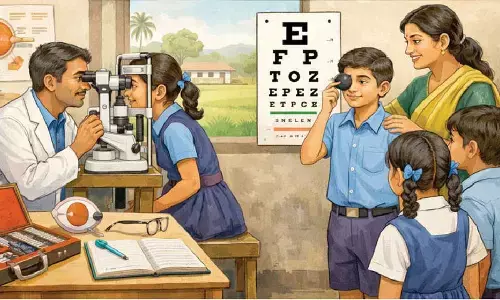What, when, why and where to invest?

When we plan for investments, the first and foremost activity is to know why one is investing for.
When we plan for investments, the first and foremost activity is to know why one is investing for. What is the goal to be achieved is of prime importance as it decides what kind of investment avenue to opt for. Everyone has some common goals like children's education, home/vehicle ownership and retirement. Each of these goals has different timelines and so same avenues may not work in the investors' favour.
One has to choose a combination of avenues i.e., the proportion of allocation varies even if the avenue is same. The active management of allocations among the assets and the rebalancing of their allocations depending on the market situation and especially the timelines is a tedious process. So, when we're very sure of the timelines particularly for children's education or even retirement then it's easy to envisage the goal direction and which avenue to look for.
Target-date funds (TDF) could achieve this with ease. These are the mutual funds (MF) or Exchange Traded Funds (ETF) which are designed to generate growth in a way that optimises a specific time frame. A TDF employs the traditional approach of asset allocation based on the timelines. For instance, if an investor will retire at a particular year and depending on the time left, it adjusts the asset allocation accordingly.
So, as the time approaches, the investment strategy prioritizes capital preservation over appreciation whereas during the initial years the fund pursues aggressively to appreciation. This means, the equity allocation decreases as the timeline nears. It also means the risk associated with the investment reduces towards the maturity as the portfolio is predominantly skewed towards debt.
This to an extent is well-demonstrated in the National Pension Scheme (NPS) where the life-cycle option, though varied with three different choices. In the 'auto-choice' the NPS fund managers allow the investors who lack in-depth understanding of the investment management or lack time to let the fund be operated on its own.
The aggressive life cycle option allows the investors fund to be exposed to equity starting at 75 per cent and goes down to 15 per cent by the age of 55. In the moderate life cycle option, the equity component starts with 50 per cent and goes down to 10 per cent by the age of 55 while in the conservative life cycle option, equity starts at 25 per cent going down to 5 per cent by age 55. This pre-defined asset mix is known as glide path in a target-date fund. In NPS, the age of the subscriber is considered as the target date. A glide path acts as a roadmap on how the asset allocation is done in the fund. This allows the investor to assess what kind of risk is association with the fund or investment option. Such funds allow the investors to not bother about their investment allocation and thus reduce the stress of actively managing their investment.
Investors with limited time or knowledge about the markets could benefit from this. The target date generally being long-term, reduces the risk or effects of market gyrations. Though, it's planned for a defined need, there's a chance of need being revised or changed with the dynamism of life. Also, they could be expensive than the pure passive or mutual fund due to the fund-of-fund nature.
While they could turn less risky than the other active funds, there's no guarantee that the goal is achieved by the maturity, as the returns are market linked. So, just because one has opted for a target-date fund, should completely ignore, or not track the fund's performance.
Though prevalent in the advanced economies, in India, we've very few options on this kind of funds. In recent years, there have been some offerings like, Edelweiss NIFTY PSU Bond SDL Index Fund - 2026 which predominantly invests in debt instruments of AAA rated and State Development Bonds (SDL) in equal proportion. Nippon NIFTY SDL - 2026 invests in bonds of 20 different state governments and union territories with equal weightages. IDFC Gilt 2027 Index Fund and IDFC Gilt 2028 Fund invest only those bonds that mature between 1st May 2025 and 30th April 2026 of the Central and State government bonds. With exposure to sovereign bonds, the credit risk is almost negligible though are subject to volatility. These being mostly concerned with debt investments, are placed as an alternative to the bank fixed deposits. With very low expense ratios they could be beneficial if the investor were to hold till the maturity, even as in the interim are subjected to mark-to-market risk.
Though, investors into these funds are prone to interest rate risk in the short-term, would be mitigated, if held till the maturity. So, investors who've a clear defined timelines could opt for those funds that coincide with their needs.
(The author is a co-founder of "Wealocity", a wealth management firm and could be reached at [email protected])

















